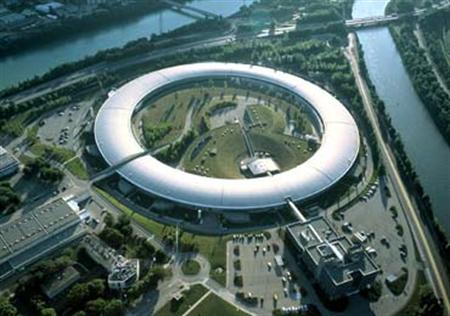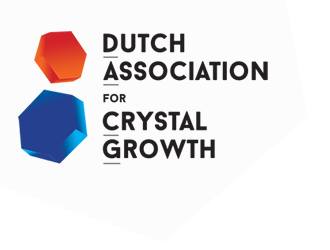University of Twente
Physics of Interfaces and Nanomaterials
Our mission is the design and scientific study of materials for functionality
The strength of our institute lies in the focused, curiosity-driven and symbiotic research of functional materials by researchers in physics, chemistry and biology. Our main drive is to understand how it works at the microscopic level, or molecular scale. This is the playing field of nanoscience and nanotechnology. In this field, the Zernike Institute for Advanced Materials covers the entire chain from synthesizing materials, building devices, characterizing materials and devices to investigating the theoretical basis of their properties.
Research groups
Molecular Biophysics
Research in the “Molecular Biophysics” group revolves around the understanding of the fundamental design principles of life. We solve intriguing research questions that necessitate the application of advanced biophysical approaches.
A selection of our techniques includes atomic force microscopy, fluorescence (confocal, FLIM, FCS, TIRF, smFRET) and super-resolution (PALM, STORM & STED) microscopy, single-molecule detection, all in combination with classical molecular biology techniques and biochemistry.
The research interests of the three groups covers various aspects of life, including: viral stability and entry, membrane transport and vesicle structure, mechanisms of DNA replication and other molecular machines, method development, spectroscopy of fluorescent dyes and structural biology approaches.
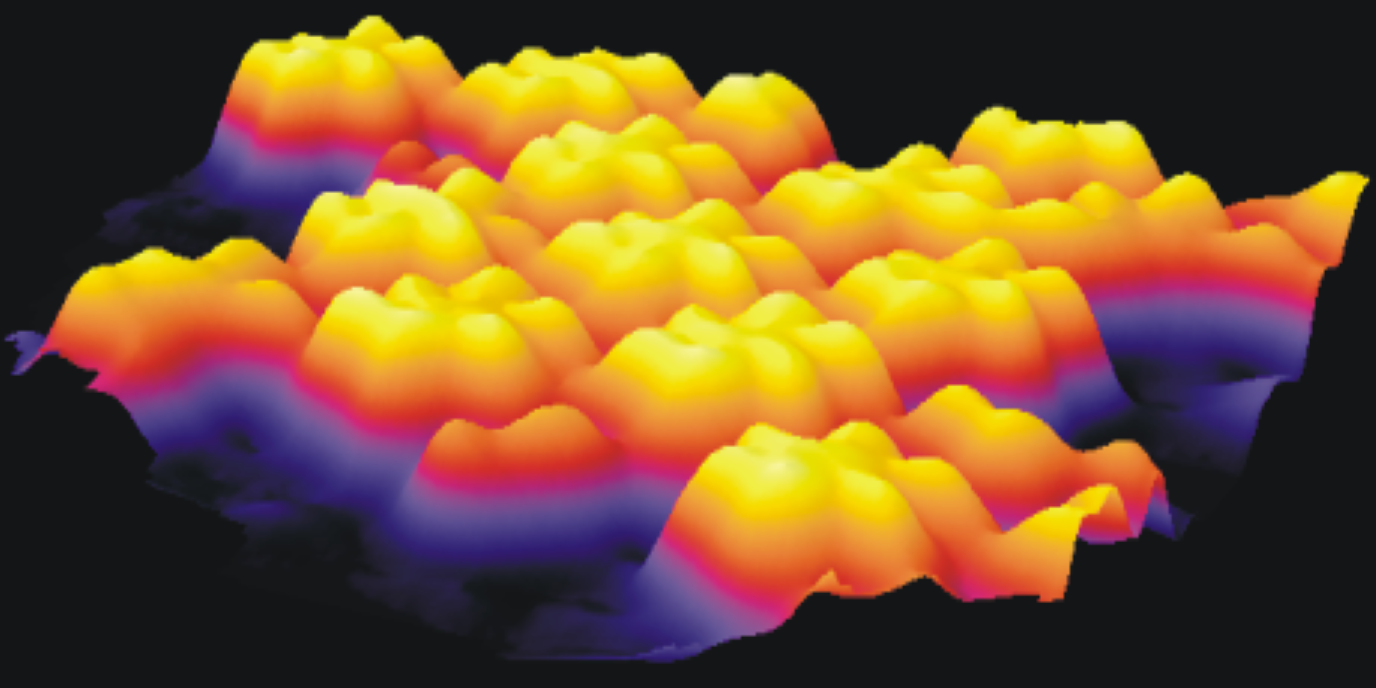
Micromechanics
The mission of the micromechanics group is to develop new models and computational tools for the micromechanics of (bio)materials, and to employ these to develop relationships between the internal structure of a material and its mechanical and functional properties.
We study (bio)materials and biological processes at a range of length scales, placing special emphasis on multiscale modelling and scale transitions. We cover a wide variety of biological and engineering systems, considering and exploiting the similarities and differences in their behavior.
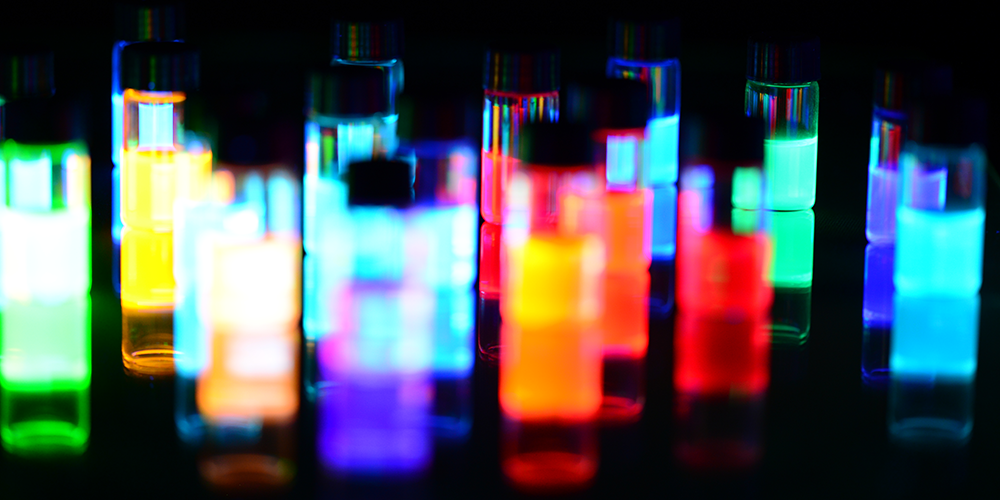
Device Physics of Complex Materials
Device physics contributes to our present knowledge of emergent behaviour of complex materials and probes its properties by making use of modern experimental tools and techniques based on nanotechnology. Emergent behaviour is prevalent in many complex materials and originates from competing interactions of electronic, magnetic and structural origin.
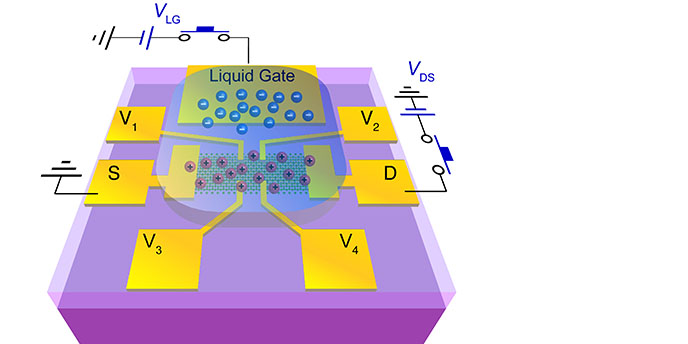
Macromolecular Chemistry and New Polymeric Materials
Our main research interests are currently focused on the design, synthesis and characterization of novel tailor made macromolecules as well as on the development of sustainable, eco-efficient and competitive production methods of polymeric materials. By utilizing modern polymer synthesis techniques including biocatalysis and other controlled polymerization methods our research aims to expand fundamental scientific knowledge towards advanced technologies.
Our research efforts can roughly be divided into projects centered on the design of new enzymatic polymerization/monomer synthesis techniques and projects aiming at the synthesis and the study of/utilization of the self-assembly of block copolymers. Please use the links below to learn more.

Materials Chemistry
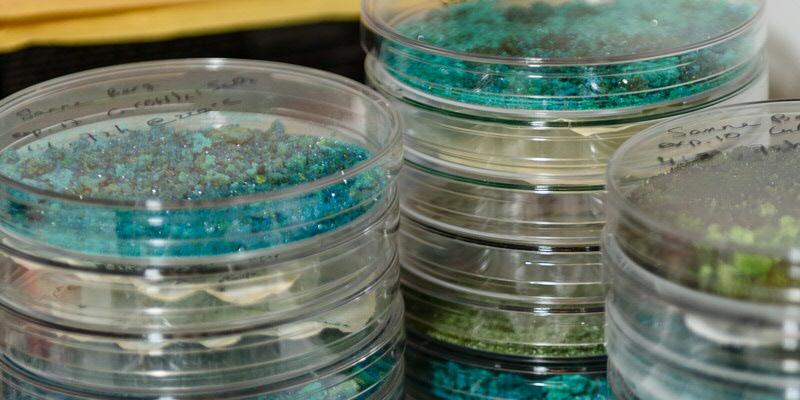
Bio-inspired Circuits & Systems
The Bio-inspired Circuits and Systems research group, chaired by Prof. Elisabetta Chicca, was established in August 2020 at the Groningen Cognitive Systems and Materials Center (CogniGron) and the Faculty of Science and Engineering at the University of Groningen.
We aim to identify the principles of neural computation and implement them in fully parallel and low-power neuromorphic very-large-scale integration (VLSI) systems that offer the opportunity to overcome the limitations of traditional digital architectures. Hereby we develop silicon implementations of neural networks with learning abilities and biologically inspired sensor systems, which allow us to validate current theories of learning and computation.
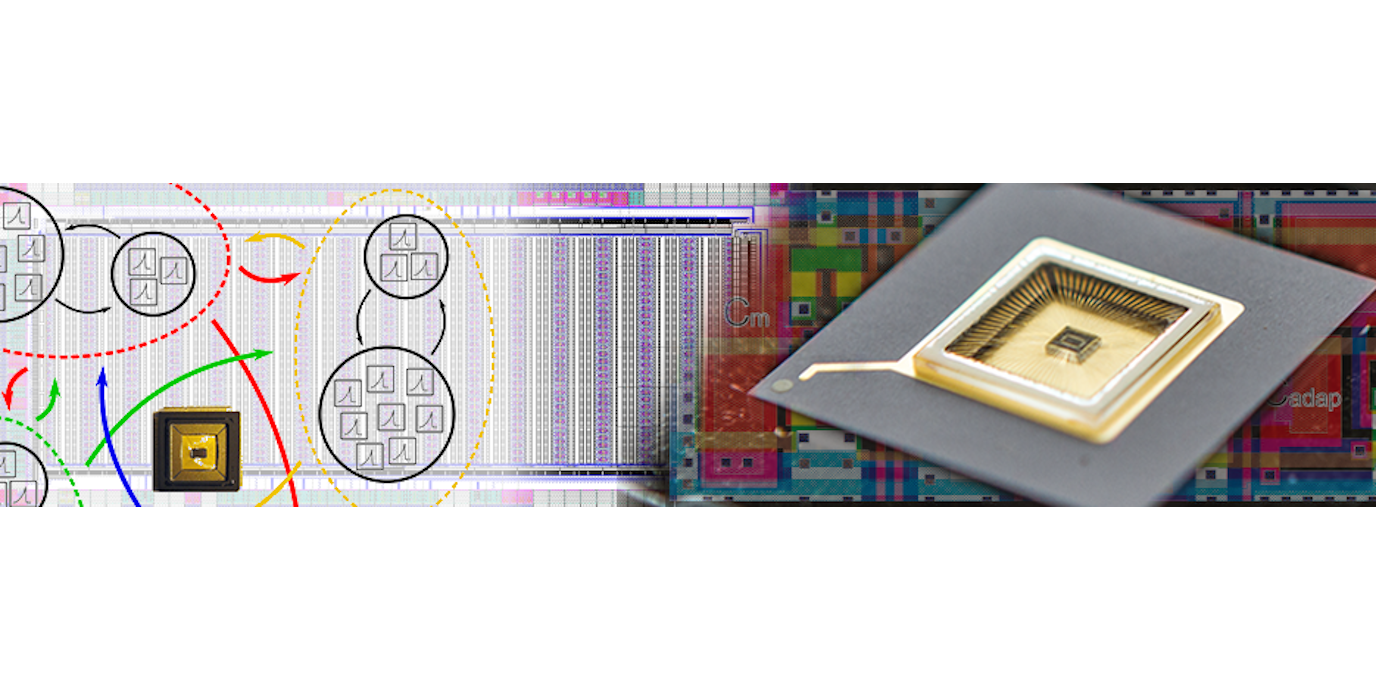
Instruments
Microscopy wet Lab
The microscopy wet-lab is used for studying crystal and in-situ crystal growth. Experiments can be performed under “wet” conditions by using thermostatic controlled optical chambers. The laboratory is equipped with a number of optical instruments such as Zeiss Axioplan microscopes.
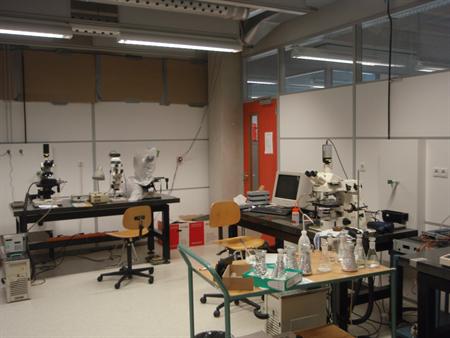
Microscopy dry-Laboratory
The microscopy dry-lab is used for characterization of crystals and material typically under dry conditions. The laboratory is equipped with a Raman-microscope, a Scanning Electron Microscope (SEM), a Polorazing microscope and a Mach-Zender Interferometer.
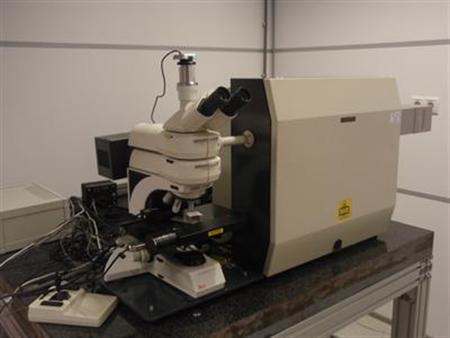
Chemistry lab
The chemistry-lab provides the opportunity to perform a variety of chemical or physical-chemical experiments. Amongst standard laboratory equipment, there are six fume cupboards and additional bench-space available.
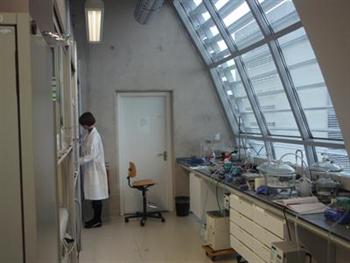
Analytical lab
The Analytical lab provides the opportunity to perform instrumental analysis. For this, the laboratory is equipped with a variety of analytical instruments. Such as a DSC, a Calorimeter, an UV/ VIS-spectrometer and an HPLC.
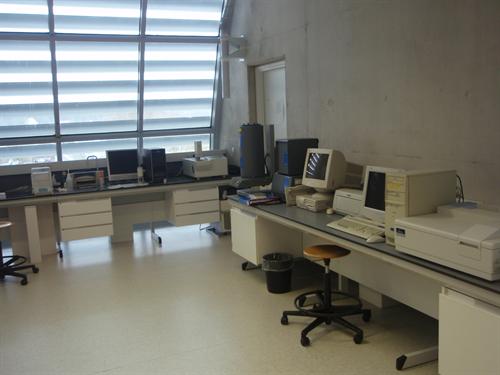
AFM nano-lab
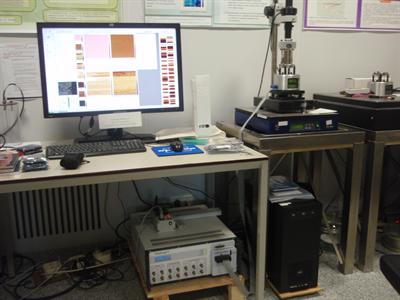
ESRF
High energy X-ray diffraction experiments are performed at the European Synchrotron Radiation Facility (ESRF), located in Grenoble – France. The ESRF operates the most powerful synchrotron radiation source in Europe and is a joint facility supported and shared by 19 European countries.
